What is Cannabis?
Cannabis sativa, or “Cannabis” as it is most commonly known, is an annual herbaceous plant from the Cannabaceae family.
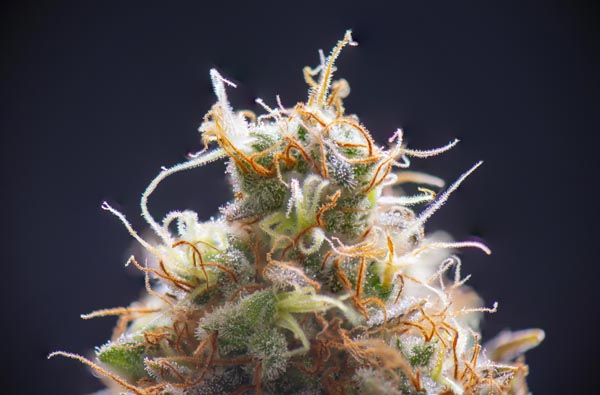 Cannabis is an ancient plant that humans have cultivated throughout recorded history as a source of industrial fibre, seed oil, food, recreation, religious and spiritual enlightenment, as well as for medicinal purposes.
Cannabis is an ancient plant that humans have cultivated throughout recorded history as a source of industrial fibre, seed oil, food, recreation, religious and spiritual enlightenment, as well as for medicinal purposes.
Each part of the plant is harvested differently, depending on the purpose of its use.
Today, we primarily use unpollinated seedless female cannabis flowers for our medical needs. These flowers are where the highest abundance of cannabinoids and terpenes are found and that is why we use these flowers to make cannabis medicine.
There are said to be over 50,000 uses for the cannabis plant and many experts believe that the cannabis plant can provide nearly everything needed to sustain human life and culture.
What are the Different Varieties of Cannabis Sativa?
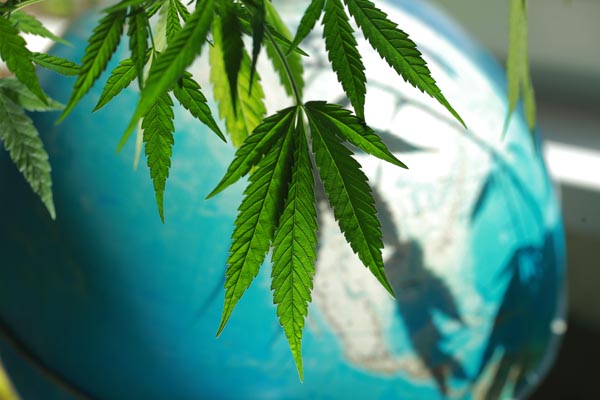
All “Cannabis” is classified as Cannabis sativa regardless of its origin.
The plant can be further classified as Cannabis sativa sativa, Cannabis sativa indica, Cannabis sativa afghanica, and Cannabis sativa spondanea (ruderalis).
Each variety of Cannabis Sativa has distinct geographic origins, growth patterns, appearances, smells, tastes, and cannabinoid profiles.
Sativa
Cannabis sativa sativa originates in Asia, the Americas and Africa, with each area of origin having specific characteristics.
Generally, Cannabis sativa sativa grows tall, with a greater length between internodes, has a large extensive root system, large and narrow leaves, and flowers that grow further apart. Pure sativa strains flower several weeks later than pure indica strains.
Asian, American, and African strains of sativa have diverse growth characteristics with varying levels of cannabinoids.
Indica
Cannabis sativa indica originates in the mountainous regions of Pakistan and India.
Generally, Cannabis sativa indica grows shorter and bushier, with a condensed root system, stout stems with broad leaves, and dense compact flowers. Indica strains generally contain a higher ratio of cannabidiol (CBD) to delta-9-tetrahydrocannabinol (THC) when compared to the other varieties.
Indica strains are naturally fungus and pest resistant, and are crossbred with sativa strains to promote strong auto-immune systems.
Afghanica
Cannabis sativa afghanica originates in and around present day Afghanistan.
It generally grows short with large broad leaves, and has dense branching with short inter-nodal spacing and long leaf stems. Cannabis sativa afghanica is renowned for its high cannabinoid content. It is often wrongly categorized as Cannabis sativa indica because of its similar appearance and growth characteristics.
Ruderalis
Cannabis sativa spondanea (ruderalis) originates in central Europe but can also be found in the northern central parts of the United States of America, as well as the southern central prairies of Canada.
Cannabis sativa ruderalis is a short, sparse cannabis plant that contains very low levels of cannabinoids. Sativa ruderalis is an auto-flowering variety of cannabis that is not reliant on a specific photoperiod to enter the flowering growth stage of its lifecycle.
Cannabis sativa ruderalis is sometimes crossed with other cannabis varieties to promote earlier and/or auto flowering.
What about Hemp? Is it Cannabis?
All hemp is cannabis, yet not all cannabis is hemp.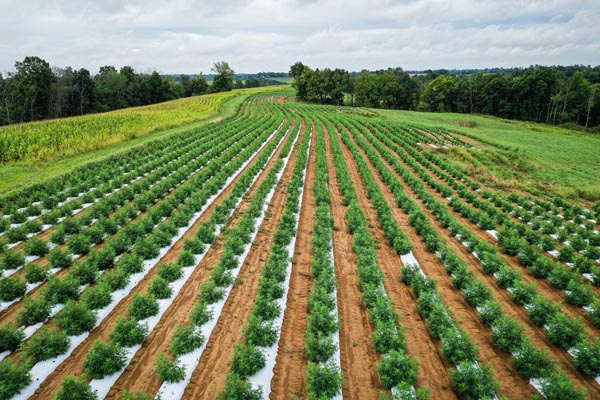
Hemp is a term that has been created to describe Cannabis sativa plants that have a negligible amount of THC. Typically the plant must have no more than 0.03% THC content to be considered hemp.
Hemp is grown for many different purposes and specific strains of hemp are used for specific purposes.
For example, if you were producing CBD oil you would typically use a strain of hemp/cannabis that has a high CBD content and a THC content of 0.03% or less. Your hemp plants will most likely look like your typical female cannabis plant that flowers, with the major difference being it will produce low amounts of THC.
This low THC content is what makes it “Hemp.”
The female plants will be used instead of the males because they produce the flowers which contain the highest concentration of CBD (and other cannabinoids) when compared to other parts of the plant like the stalks, leaves or seeds.
Even though CBD can be derived from stalks and leaves, concentrations of CBD are relatively low in these “non-flower” parts of the cannabis plant, so it is not as effective as obtaining CBD from the flower of the female plant.
On the other end of the spectrum, if hemp is grown for industrial purposes (i.e. rope), typically the male plants are used because they produce higher quality fiber than the female plants. To produce industrial grade hemp you would grow a hardy cannabis strain with a THC content that is equal to or under 0.03%, grows tall, fast and strong. High CBD hemp strains are not typically used for industrial purposes because CBD content is not an important factor in the process of making industrial hemp based products. For the purpose of harvesting both CBD oil and hemp fiber for industrial use, you would use a strain of hemp that will fufill both requirements.
In short, hemp is defined as any cannabis plant that has a very low and almost non-existent level of THC.
To learn more, we invite you to visit our “What is Hemp?" article.
What about Modern Cannabis?
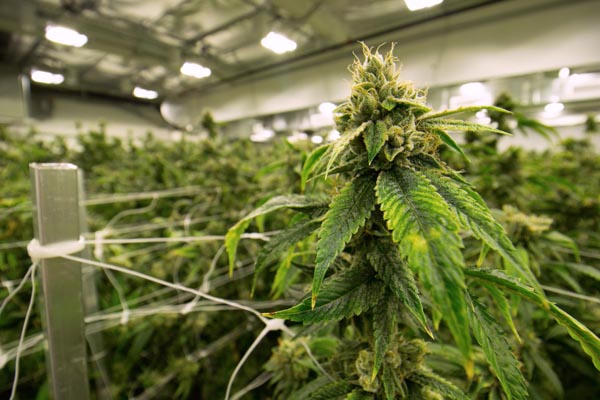
Currently, cannabis is gaining traction and popularity in many countries around the world for both recreational and medical purposes.
Currently, there are over 50 countries that have “legalized” medical cannabis and four countries that have legalized recreational cannabis (Canada, Georgia, South Africa and Uruguay).
The hemp industry is also growing extensively in Europe and North America due to the CBD health trend that is occurring right now. This craze, along with the many national hemp bills that have passed are opening the doors for hemp production and products.
From a global standpoint, the cannabis market is currently in a conception phase and is expected to become a massive and “disruptive” industry within the next 10 years.
This year, the global cannabis market is estimated to be worth around $150 Billion and some of the financial institutes that are covering the industry, believe it will be a $272 Billion industry by 2028.
Canada is a country that has been leading the way when it comes to cannabis. They were the first country to legalize medical cannabis in 2002 and on October 17th, 2018 became the first developed country (2nd only to Uruguay) to legalize recreational cannabis. The Canadian legislation of both medical and recreational cannabis has allowed the country to produce some of the world’s largest publicly traded legal cannabis companies.
These legitimate businesses, along with the very persistent grey and black markets, have caused the cannabis industry to erupt around the world in recent years. This has allowed the cannabis industry to develop at a staggering rate, while creating a climate of confusion for everyone involved from government officials to end consumers.
How Many Modern Cannabis Varieties and Strains Exist Today?
Depending on the genetics and environmental growth conditions of a cannabis plant, different ratios of cannabinoids and terpenes are produced, and infinite variations are possible through selective breeding and blending of different chemotypes (Lewis et al., 2017).
Due to massive amounts of underground breeding over the past 25 years, there are now hundreds of cannabis strains that exist.
In theory, each of these strains has a different cannabinoid profile due to its unique genetics.
These diverse and unique genetics have been created over time by combining varieties of Cannabis sativa and their subspecies. Most of these strains have been developed for either medical or recreational purposes. Many popular strains were created in the cannabis black market, over decades of experimentation and breeding amongst caldenstine growers.
When you speak to many cannabis activists about the relatively new, legal and regulated cannabis industry, they ask the proverbial question “and where did the seeds come from?” The answer, for the most part, is from the grey and black cannabis markets.
If it was not for these underground markets, we would probably only have a dozen or so strains to choose from today!
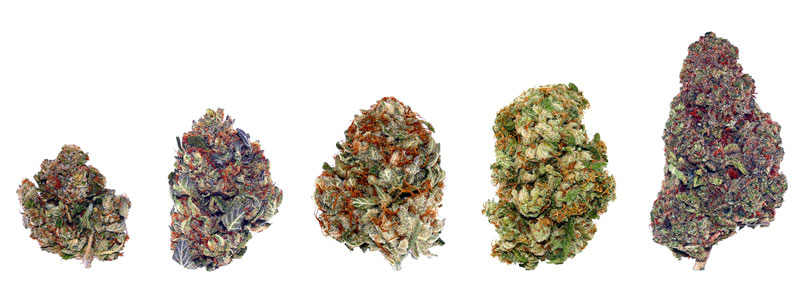
Today, we typically use five categories when it comes to describing a cannabis plant’s genetic variety:
- Indica
- Sativa
- Hybrid - Sativa Dominant
- Hybrid - Indica Dominant
- 50/50 Hybrid
The major difference between these categories and the previously mentioned Cannabis sativa varieties is that there is nothing that indicates if a strain has “Cannabis Afghanica” genetics.
For now “Afghanica” and “Indica” have been grouped together as one category.
Hopefully as the industry develops, we will see these categories change to incorporate the “Afghanica” variety.
The Importance of Cannabinoid Profiles
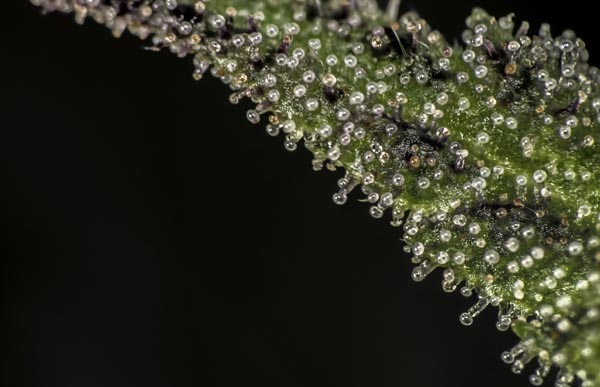
There are almost 150 known cannabinoids that have been discovered and the most well known and studied of them are THC and CBD.
The way these cannabinoids and the other cannabis compounds interact with one another cause both the “effects” and “benefits” that are experienced.
These effects vary from user to user and from product to product, mainly due to the diverse cannabinoid profiles of every strain and/or variety, as well as the mysterious “Entourage Effect.”
Every medical and recreational cannabis product has a unique cannabinoid profile and this profile can vary greatly depending on the strain’s genetic lineage (nature) and its processing method (nurture). This combination of nature and nurture produces the variety, quality and medical efficacy of the cannabis products that we use today.
As we begin to understand what strains work best for specific ailments, we will then be able to unlock and unravel the power of cannabinoids and the Entourage Effect.
To learn more about specific strains and their unique characteristics, we invite you to visit our Strain Directory.
Final Thoughts
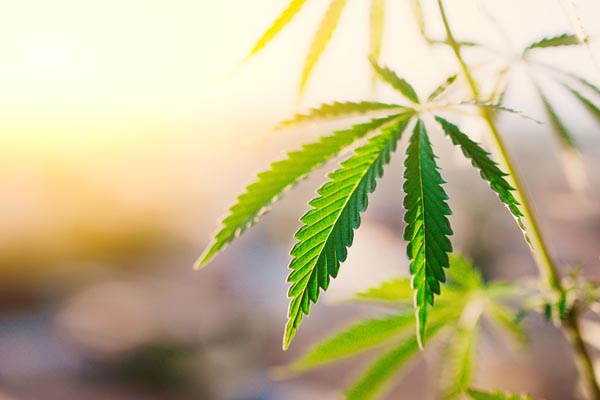
In general, we know little about the cannabis plant but it is continung to teach us more everyday.
What we do know, is that finding the most effective consumption method and strains for you and your ailment(s) is one of the most important things you can do for your medical cannabis program.
We are here to help make your journey easier by providing you with information and resources so you can make more informed decisions.
We invite you to join our Kanteeva community so you can learn, share and connect with other members.
Learn. Share. Connect.